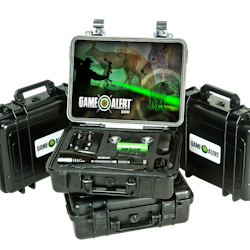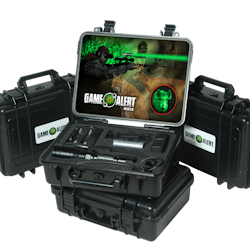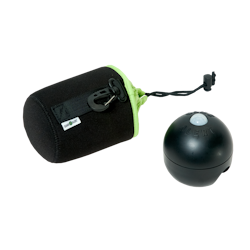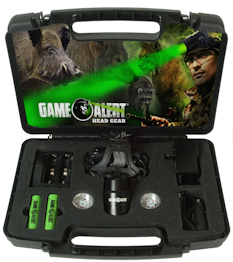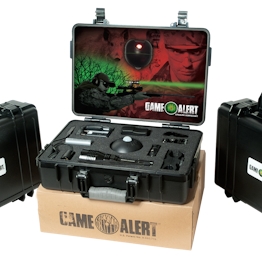The Nocturnal Behavior of Feral Hogs
Feral hogs by definition are descended from domestic pigs gone wild. In North America, domesticated hogs were originally brought over from Europe by the Spanish conquistadors: Columbus in the West Indies (1493) and Hernando de Soto in Texas (mid-1500’s). These domesticated ancestors were diurnal (active during the day).

Today, in locations undisturbed by human activity or hunting, feral hogs tend to be more diurnal just like their great grandparents, especially during spring, fall and winter. In summer, they tend to be more nocturnal (active at night), a behavior most likely due to the heat and their lack of sweat glands to help control body heat.
However, in locations where there is human activity, especially hunting, these highly intelligent and resourceful animals responded by becoming more nocturnal. And so too hunters adapted their own behavior by hunting the animals at night.
Another factor impacts hog nocturnal behavior. In Texas, it is legal to feed wildlife and hunters like to feed their favorite game animal, deer. As a result, millions of pounds of corn intended for deer are dispensed by mechanical feeders annually.
As true omnivores (literally meaning “devours everything”), hogs do NOT NEED TO BE FED: they can eat a wide spectrum of plants, algae, fungi and animals. Also opportunistic, they will eat whatever is easiest available. And how easy it is for them to eat food from feeders where they can intimidate deer, scare them away and then have a nutritious meal!
The challenge for hunters around feeders at night is that they need light to spot and drop the hogs. This has spawned a technology war with respect to finding the right lighting technology.
With always-on red and/or green feeder lights, hogs are aware when the area below the feeder is illuminated. Being color blind, they see the illumination not as red or green, but as grey and unnatural in the night environment. The message, particularly to the older, larger, high-value hogs is feeder lights create an uneasy environment so they may avoid going into the light. As one hunter has said, “I have also had big boars stay on the fringe of the light and never enter the [feeder light] cone. The feeder light won’t work for them.”
Another factor, only a few hogs from a group can be in the cone at one time, reducing the number of potential targets.
Slow-on feeder lights, will fool the hog under it, but others outside the cone will notice it and get the message. Again, the big ones will avoid and opportunities will be lost.
A solution where no overhead illumination is needed and the ability to see all the opportunities at once is the latest technology.
Game Alert® uses motion-detection technology that alerts the hunter via a single, low-intensity LED light that game is present. When altered by the Game Alert® Night Hunting Module and activating a rifle-mounted, green illumination flashlight on his rifle, the hunter can quickly scan the group and select the best target before the group can respond.
And so the war between hunters and hogs continues at night.
What do you think will be the next technology to provide advantage hunter?


